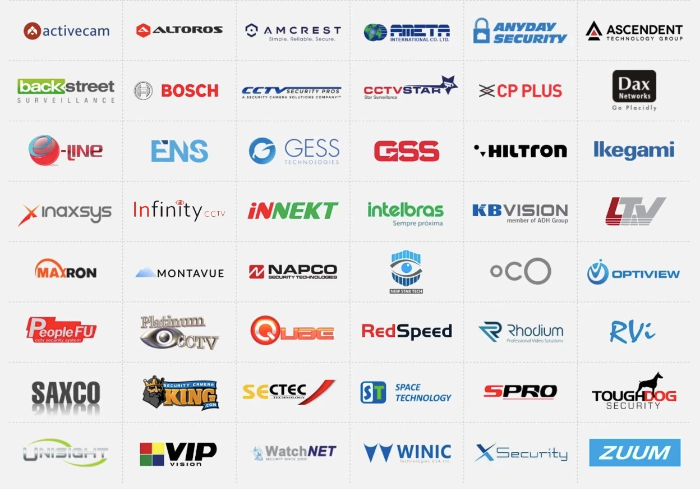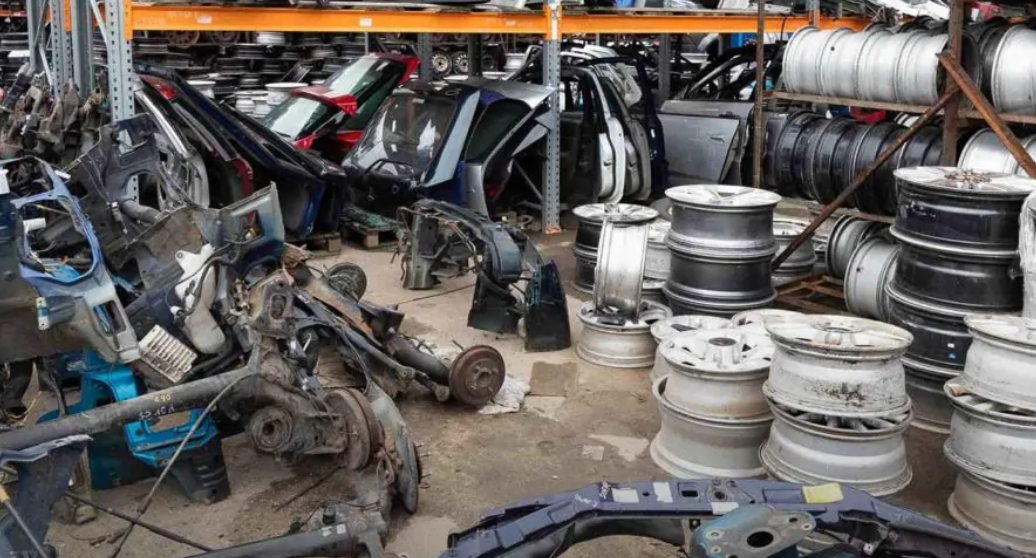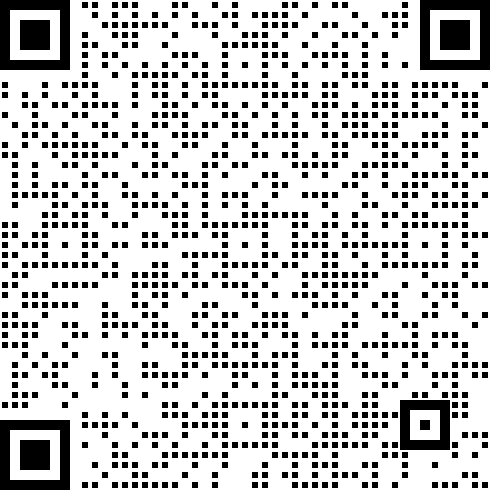Have you ever sighed and said, "I've been tricked by auto parts again"?
In this article, we're delving into the fascinating world of auto parts to help you steer clear of unreliable new parts that can lead to frustration. Follow along as we unlock this maintenance treasure trove, saving you both trouble and time!
(1) Genuine Parts (4S Dealer Standard Parts):
Firstly, let's explore Genuine parts. These are components authorized and produced by the vehicle manufacturer, signaling top-notch quality and standards. Purchased at brand 4S dealerships, they come at a higher price. In terms of warranty, it generally covers only the parts installed during the car assembly. Be sure to choose authorized channels to avoid falling for scams.

(2) OEM Parts (Manufacturer Designated):
Next up is OEM parts, manufactured by suppliers designated by the vehicle maker. These parts lack the automobile brand logo, making them relatively more affordable. Renowned OEM brands worldwide include Mann, Mahle, Bosch from Germany, NGK from Japan, and more. They are particularly suitable for use in lighting, glass, and safety-related electrical components.

(3) Aftermarket Parts:
Aftermarket parts are produced by companies that haven't been authorized by the vehicle manufacturer. It's important to note that these are still products from reputable manufacturers, distinguished by independent branding. They can be considered as branded parts but from different sources.
(4) Branded Parts:
These parts come from various manufacturers, offering a range of quality and price differences. For sheet metal coverings and radiator condensers, they are a good option, generally not affecting vehicle performance. Prices are considerably lower than original parts, and warranty terms vary among different sellers.
(5)Off-line Parts:
These parts mainly come from 4S dealerships or parts manufacturers, with minor flaws from production or transportation, not affecting their functionality. They are usually unpackaged and priced lower than original parts but higher than branded ones.
(6) High Copy Parts:
Mostly produced by small domestic factories, high copy parts mimic the original design but may differ in materials and craftsmanship. These are often used for exterior parts, fragile components, and maintenance parts.
(7) Used Parts:
Used parts include original and insurance parts. Original parts are undamaged and fully functional components removed from accident-damaged vehicles. Insurance parts are recyclable components recovered by insurance companies or repair shops, usually comprising exterior and chassis components, with significant variations in quality and appearance.
(8) Refurbished Parts:
Refurbished parts involve polishing, painting, and labeling on repaired insurance parts. Experienced technicians can easily distinguish these parts, as the refurbishing process rarely reaches the original manufacturer's standards.

How to Differentiate Original and Non-original Parts:
- 1. Packaging: Original parts have standardized packaging with clear, legible printing.
- 2. Trademark: Legitimate parts feature hard and chemical imprints on the surface, along with indications of part numbers, models, and production dates.
- 3. Appearance: Original parts have clear and formal inscriptions or castings on the surface.
- 4. Documentation: Assembled parts typically come with instruction manuals and certificates, and imported goods should have Chinese instructions.
- 5. Craftsmanship: Genuine parts often feature galvanized surfaces for cast iron, forging, casting, and hot/cold plate stamping, with consistent and high-quality coatings.
To avoid falling into the trap of counterfeit parts in the future, it's advisable to compare the replacement parts with the original ones (developing this habit can reduce the chances of falling into pitfalls). As automotive professionals, learning to distinguish the authenticity and quality of parts is a basic skill. The content above is theoretical, and further identification skills require continuous exploration in our work, ultimately bidding farewell to pitfalls associated with auto parts.
Post time: Dec-05-2023



